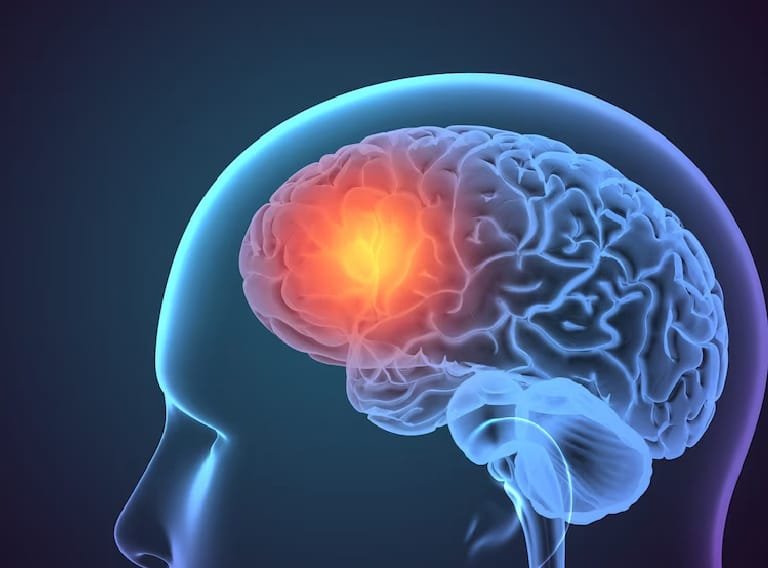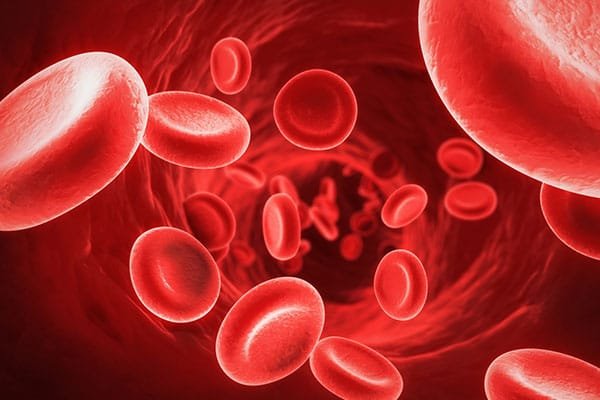In the past AF was considered a completely benign condition, in other words a condition that is not harmful.
Doctors and other health professionals who have kept up to date however, warn you of the following risks associated with AF:
1. STROKE
This is permanent or temporary damage to the brain caused by a loss of blood supply. It can present in many ways but commonly as weakness of the arm and/or leg on one side of the body, inability or difficulty speaking, loss of ability to swallow and loss of sight. AF is the commonest cardiac cause of stroke (see WHAT IS AF section for an explanation).
If you have AF your risk of stroke is definitely higher however the level of that risk is determined by your age and the presence of other medical problems; diabetes, high blood pressure, heart failure, coronary heart disease (angina or heart attack), previous stroke. This risk is greatly reduced by the new generation anticlotting drugs eg dabigatran (first choice) or warfarin in high risk patients and aspirin in low risk patients.

(Determine your own stroke risk. Dr Gopal explains – in Afrikaans – how doctors do their best to lower a patient’s stroke risk.)
Remember a stroke can be devastating causing permanent disability or death and preventing this with potent anticoagulants far outweighs the harm of the drug.
Dr Gopal discusses (in Afrikaans) the link beween AF, stroke risk en anticoagulants.
ALL PATIENTS AT HIGH RISK OF THROMBOEMBOLIC STROKE WHO SHOULD BE ANTICOAGULATED UNLESS CONTRAINDICATED:

- Patients with no structural heart disease
Age 60 to 75 with diabetes mellitus or coronary heart disease
Age > 75 with no risk factors - Patients with Previous thromboembolic stroke, Heart failure, Left ventricular ejection fraction less than 35%, Thyrotoxicosis and Hypertension
- Patients with Rheumatic valve disease or prosthetic valves and patients with Persistent atrial thrombus on echo
2. HEART FAILURE
This is a syndrome of breathlessness, fatigue and swelling caused by weakness of the heart muscle. AF causes heart failure by making the heart beat too quickly for too long.

Good heart rate control both at rest and during exercise is therefore important.
Heart failure and AF often go together and there is evidence that restoration of normal rhythm by catheter ablation can help the heart to recover.
3. DEATH
No one truly understands why patients with AF die, but a number of studies have shown that even when you correct for other diseases patients with AF are more likely to die than patients in normal rhythm.
The largest study of this effect, the Framingham study showed that AF doubled peoples mortality rates.
Because we do not know why this happens we cannot be sure that any treatment we give will prevent it so although it seems likely that restoration of normal rhythm will reduce the chances of death there is currently no proof that this is the case.
Benjamin EJ, Wolf PA, D’Agostino RB, Silbershatz H, Kannel WB, Levy D. Impact of atrial fibrillation on the risk of death: the Framingham Heart Study. Circulation. 1998 Sep 8;98(10):946-52


